Southport: Inside story of Gold Coast’s CBD and its long history
It was supposed to be the Gold Coast’s crown jewel but the hype around Southport and some major developments failed to save it from plummeting land values.
Central
Don't miss out on the headlines from Central. Followed categories will be added to My News.
IT’S hard to believe but Southport was once the tourist capital of what became the Gold Coast.
Long before Surfers Paradise and Broadbeach became our party precincts, people such as the Queensland governor of the late 19th century, Sir Anthony Musgrave had a holiday home there with his American-born wife, Lady Lucinda – hailed by some as the Gold Coast’s original “beach babe”.
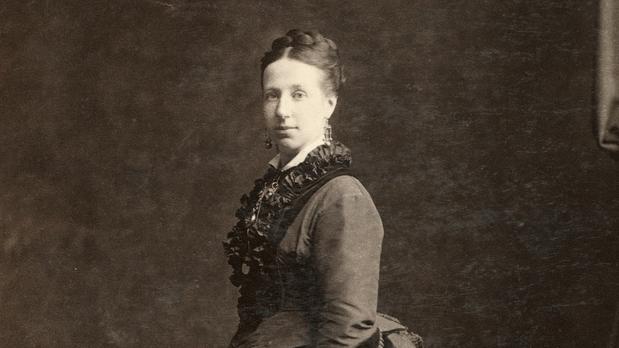
Real estate prices were high as property in the heart of the township went for a pretty penny.
But as the region grew into Australia’s sixth-largest city, Southport fell by the wayside for both tourists and cashed-up locals looking for a more fashionable place to live, work and play.
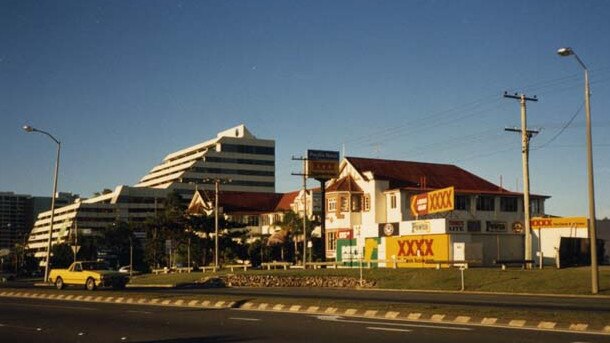
Despite falling out of favour, it became home in the late 1960s to Sundale, Queensland’s then-largest shopping centre and by the 1990s it became a major retail precinct with Australia Fair’s opening and the construction of the suburb’s controversial mall.
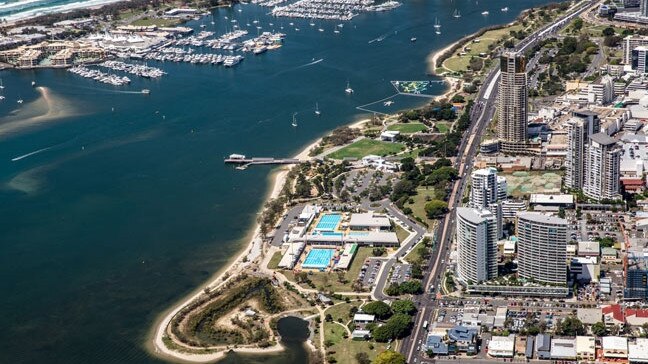
Southport is today a suburb returning to vogue with a raft of high-end property sales.
The sites, including the home of popular nightspot Swannies and the failed Grand Central development, are all within 300m of the light rail tracks.
It’s exactly the interest civic leaders were hoping to see in the suburb, which they have spent the past decade attempting to cement as the Gold Coast’s official CBD.
Originally known as Nerang Creek Heads, Southport was a small outpost visited by Cobb and Co’s carriage service in the 1870s, owned by Richard Gardiner and the Loder family.
By 1874 there was a small shop run by Theodore Lenneberg, a police barracks and two hotels, a saw mill and a handful of roads bringing carriages from Brisbane.
It was the same year the state government hired George Pratten to survey a “marine resort” on Crown-controlled land in Southport.
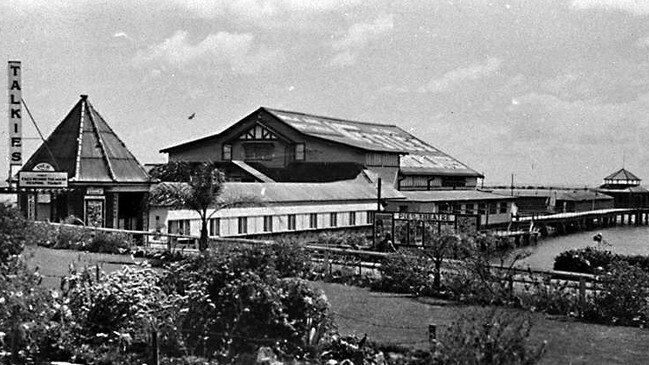
The first land sales occurred in December 1874 and at Beenleigh. More followed between 1875 and 1877.
The first house built in the new Southport township was Balclutha in 1877. It was just north of what today is the Nerang Street Mall area.
By 1880, 70 people lived in Southport. A decade later the township was booming.
Fast-forward a century and Southport had transitioned from a township and the administrative heart of the region to a suburb of the city.
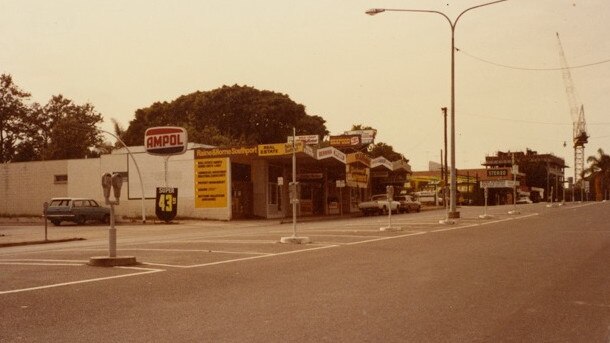
The area was in a flux in the early 1980s as it struggled with a housing market crash while Scarborough Fair, later renamed Australia Fair, was built.
It helped transform Scarborough Street, and included the demolition of the old South Coast Cooperative Dairy art deco factory for the shopping centre while other rows of shops were razed.
In 1983, housing prices in Southport slummed to 1977 levels after the bust of the 1981-1982 bubble.
At the time one bedroom units sold for $170,000 but this dripped to $80,000.
By 1984, however, housing prices were bouncing back, with PRD marketing director Gordon Douglas declaring a raft of construction projects was turning the city area around

“We have got enormous infrastructure now. Just look what happened during the Christmas holidays – all the accommodation houses were chock-a-block,’’ he said.
“And it is easy to see why the Coast will never go bust – there is just too much money down here. If the Coast went bad then you could say goodbye to the rest of Australia as well.
“We now have a population of 140,000 but by 1989 we should have a population of 300,000.”
By the early 1990s, Southport was regarded as a cheap location to live, with units selling for $85,000 and townhouses from $120,000.
The big-money buyers by this time had already moved south to Main Beach, the Isle of Capri, Mermaid Beach and Burleigh, a trend which continued into the 21st century.

Things began to change at the dawn of the 2010s with the construction of the light rail, driving up property values, while the Gold Coast City Council and state government declared Southport a “priority development area” and completed its Broadwater Parklands.
This classification suddenly saw Southport become the epicentre of a new wave of development, including a proposal to build the southern hemisphere's tallest tower, a dream still yet to be realised.
But the vast bulk of projects proposed during this initial burst of enthusiasm failed to eventuate, leaving a large number of empty “bomb sites” and vacant shopfronts.
It was reminiscent of the struggles Southport experienced in the 1990s.
But on the back of a booming property market fired up by Covid-19, Southport is again in the crosshairs as a property hotspot.



